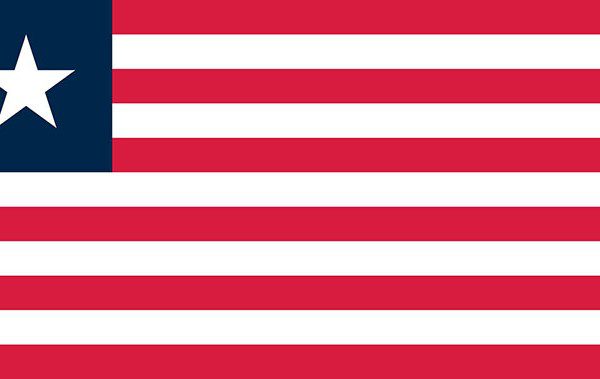

WATHI propose une sélection de documents sur le contexte économique, social et politique du Liberia. Chaque document est présenté sous forme d’extraits qui peuvent faire l’objet de légères modifications. Les notes de bas ou de fin de page ne sont pas reprises dans les versions de WATHI. Nous vous invitons à consulter les documents originaux pour toute citation et tout travail de recherche.
Présentation du Liberia
France Diplomatie
http://www.diplomatie.gouv.fr/fr/dossiers-pays/liberia/presentation-du-liberia/
Données générales
Nom officiel : République du Libéria
Nature du régime : présidentiel, calqué sur celui des Etats-Unis d’Amérique
Chef de l’Etat : Mme Ellen Johnson Sirleaf
Vice-président : M. Joseph Boakai
Données géographiques
Superficie : 111 370 km²
Capitale : Monrovia
Villes principales : Gbarnga, Harper, Sanniquellie, Voinjama, Zwedru
Langue (s) officielle (s) : Anglais
Langue (s) courante (s) : Krio
Monnaie : Dollar libérien
Fête nationale : 26 juillet
Information pays Liberia
La Banque africaine de développement
https://www.afdb.org/fr/countries/west-africa/liberia/
Informations Clés
| Capitale: | Monrovia |
| Superficie: | 111,000 Km² |
| Population 2017: | 4,7 Millions |
| Population urbaine 2017: | 73.50% |
| Population féminine 2017: | 49.70% |
| PNB: | 2,5 Milliards $US |
| GNI par habitant 2015: | 380 $US |
| Taux d’inflation: | 10.00% |
| Taux de natalité (par 1000): | 33.80% |
| Indice de développement humain (rang / 188): | 177 |
| Indice de développement humain (de 0 à 1): | 0.427 |
| Date d’adhésion à la BAD: | 10/09/1964 |
| Approbations cumulatives (1967-2016): | 350,2 Millions UC |
The world fact book : Liberia
Central Intelligence Agency
https://www.cia.gov/library/publications/the-world-factbook/geos/li.html
Settlement of freed slaves from the US in what is today Liberia began in 1822; by 1847, the Americo-Liberians were able to establish a republic. William TUBMAN, president from 1944-71, did much to promote foreign investment and to bridge the economic, social, and political gaps between the descendants of the original settlers and the inhabitants of the interior. In 1980, a military coup led by Samuel DOE ushered in a decade of authoritarian rule. In December 1989, Charles TAYLOR launched a rebellion against DOE’s regime that led to a prolonged civil war in which DOE was killed. A period of relative peace in 1997 allowed for an election that brought TAYLOR to power, but major fighting resumed in 2000.
An August 2003 peace agreement ended the war and prompted the resignation of former president Charles TAYLOR, who was convicted by the UN-backed Special Court for Sierra Leone in The Hague for his involvement in Sierra Leone’s civil war. After two years of rule by a transitional government, democratic elections in late 2005 brought President Ellen JOHNSON SIRLEAF to power. She subsequently won reelection in 2011 and remains challenged to rebuild Liberia’s economy, particularly following the 2014-15 Ebola epidemic, and to reconcile a nation still recovering from 14 years of fighting. The UN Security Council in September 2015 passed Resolution 2239, which renewed the mandate for the UN Mission in Liberia for another year. In July 2016, the UN handed over peacekeeping responsibility to Liberia and reduced the UN troop presence, which now serves a support role. Liberia is scheduled to hold presidential and legislative elections in October 2017. Constitutional term limits bar.
Geography :
Western Africa, bordering the North Atlantic Ocean, between Côte d’Ivoire and Sierra Leone
facing the Atlantic Ocean, the coastline is characterized by lagoons, mangrove swamps, and river-deposited sandbars; the inland grassy plateau supports limited agriculture
Population :
4,689,021 (July 2017 est.)
Ethnic groups :
Kpelle 20.3%, Bassa 13.4%, Grebo 10%, Gio 8%, Mano 7.9%, Kru 6%, Lorma 5.1%, Kissi 4.8%, Gola 4.4%, other 20.1% (2008 Census)
Religions :
Christian 85.6%, Muslim 12.2%, Traditional 0.6%, other 0.2%, none 1.4% (2008 Census)
